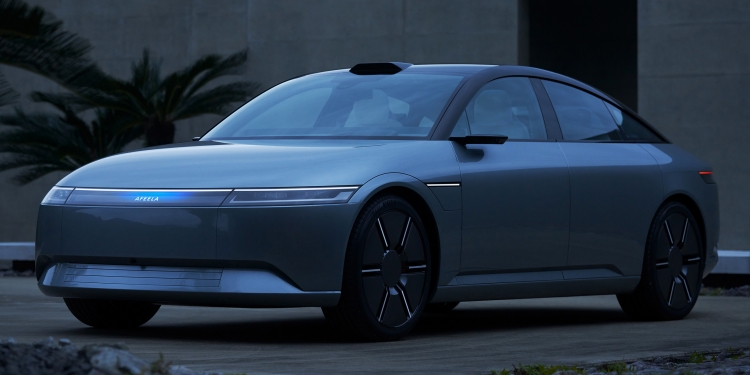Exactly two years after it shocked the automotive world with the Vision-S concept, Sony has come full circle. At CES 2023, the Japanese conglomerate announced its electric vehicle brand, Afeela, as part of a joint venture with Honda that will begin selling co-developed cars by the end of 2025.
As you’d probably have guessed, the name is derived from “feel”, representing what Sony wants to put at the centre of the mobility experience. The company kicked off proceedings by showcasing a prototype electric sedan that will preview the brand’s first vehicle, which will be open for pre-orders in the first half of 2025; deliveries will kick off in the spring of 2026.
The car looks very different from the Vision-S, featuring a pebble-smooth exterior with a contrasting black roof and a visor-like front end. The latter incorporates a “media bar”, essentially a display strip used to communicate information to people, including charging status and even the weather. This graphic is mirrored at the rear, where you’ll find full-width taillights.
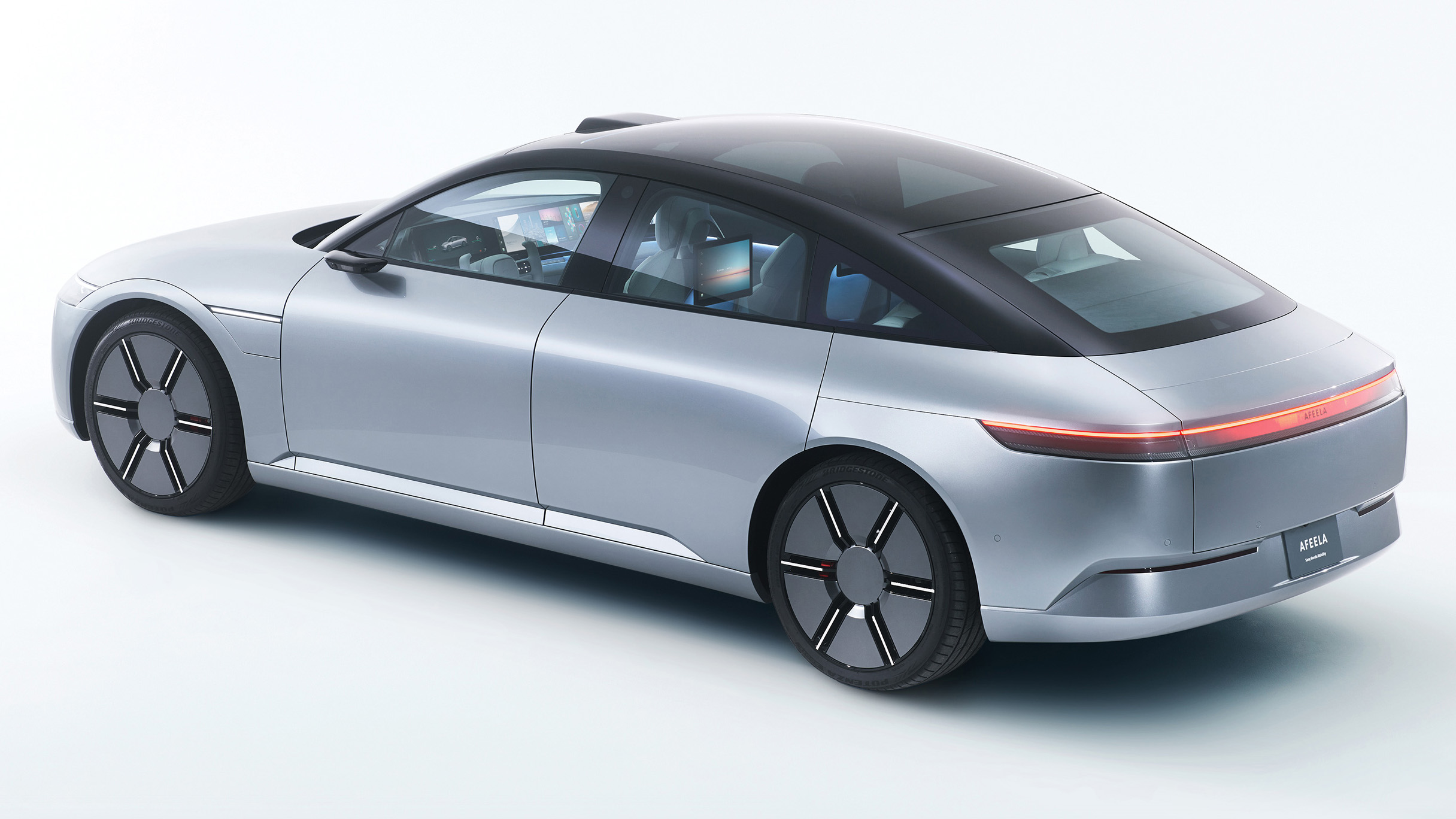
Other notable features include aero-optimised wheels, streamlined mirror-replacing side cameras and a lidar module on the roof that enables the car’s autonomous driving capabilities. Inside, the Afeela prototype carries over the Vision-S’ giant bank of screens but adds a Tesla-style steering yoke and a dashboard that curves gently around the driver and front passenger.
Sony is also promising a new user interface “providing a personalized in-car experience through cloud-service connectivity.” No details have been released so far, but the company’s series of Vision-S concepts featured 360 Reality Audio technology with integrated seat speakers, music streaming and Bravia Core film streaming services and even a Remote Play function that links to a PlayStation console at home.
Given that Sony is a leader in cameras, it’s no surprise to see them featured so prominently on the Afeela prototype, which features a total of 45 sensors. These include radar, lidar and ultrasonic sensors, time of flight (ToF) sensors and cameras to monitor the driver and the car’s surroundings. The company says it will blend its imaging technologies with Honda’s vehicle safety systems to deliver limited Level 3 autonomous driving and Level 2+ (likely hands-off) semi-autonomy in the city.
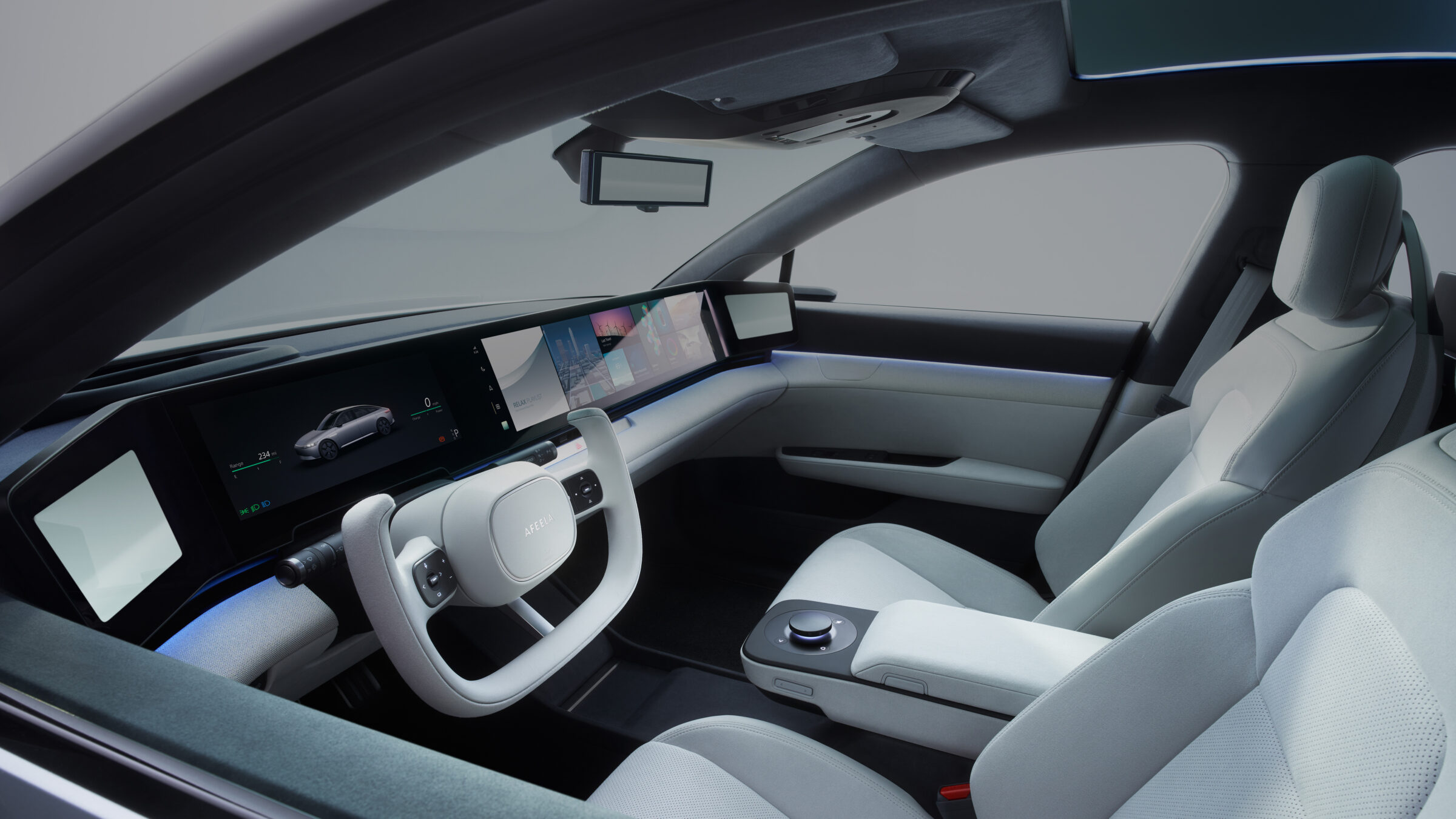
Sony remains mum on technical details, only confirming the car’s dimensions—at 4,895mm long, 1,900mm wide and 1,460mm tall, the Afeela prototype sits between today’s BMW 3 and 5 Series in size. It also comes with all-wheel drive (likely using dual motors) and front double wishbone and rear multilink suspension.
The company did, however, use the opportunity to tout its partnerships with key technology players. Qualcomm will supply chips from its new Snapdragon Digital Chassis line to power Afeela’s autonomous driving tech, giving its cars the ability to perform 800 tera operations per second (TOPS). Sony is also working with Epic Games to provide in-car entertainment through augmented reality, likely using the latter’s Unreal Engine.
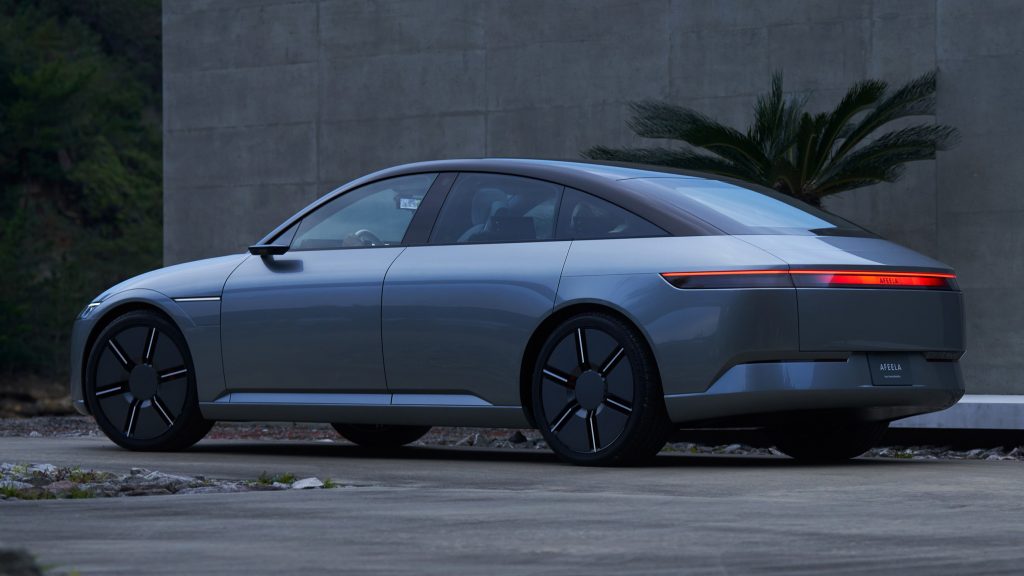
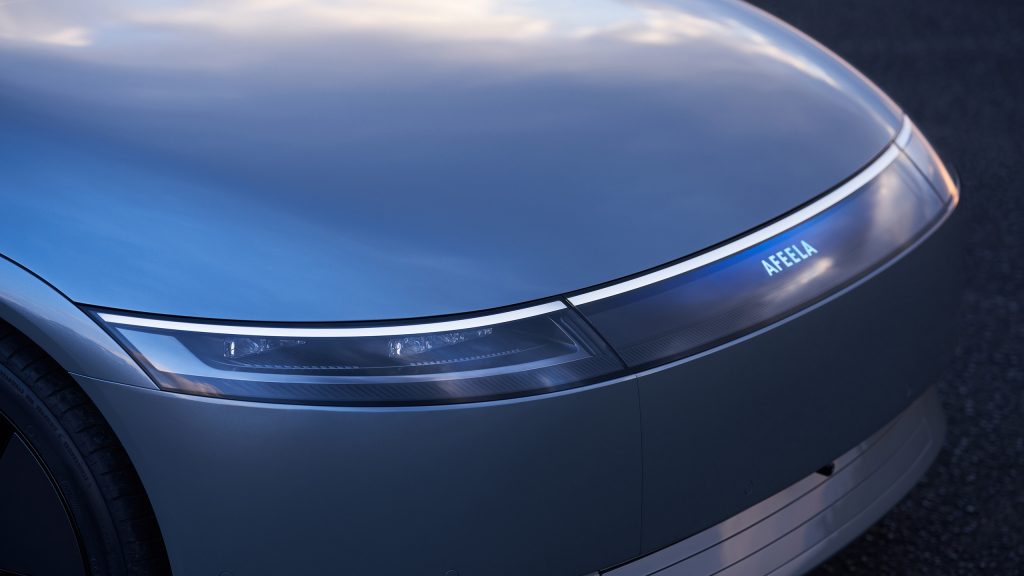
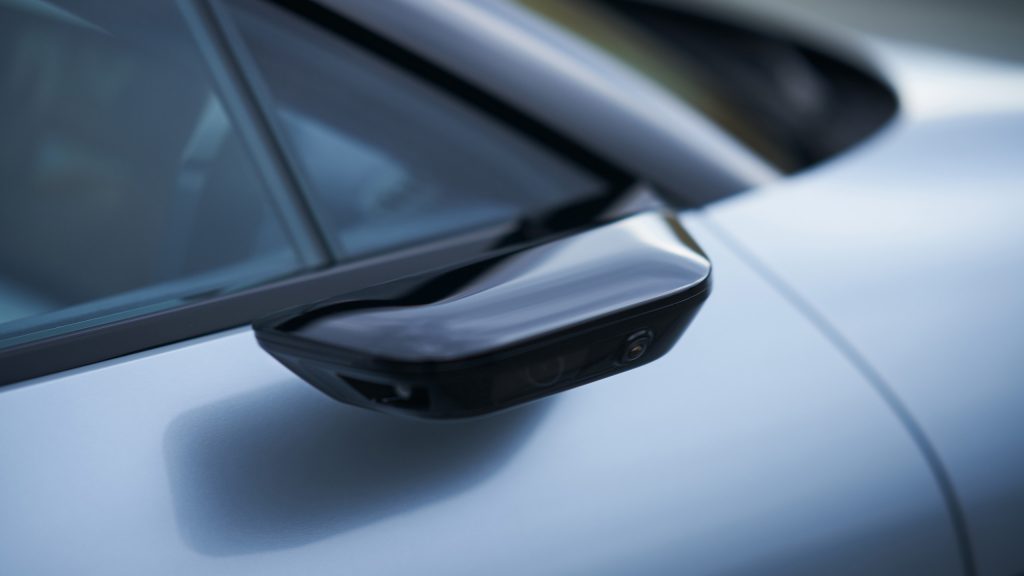
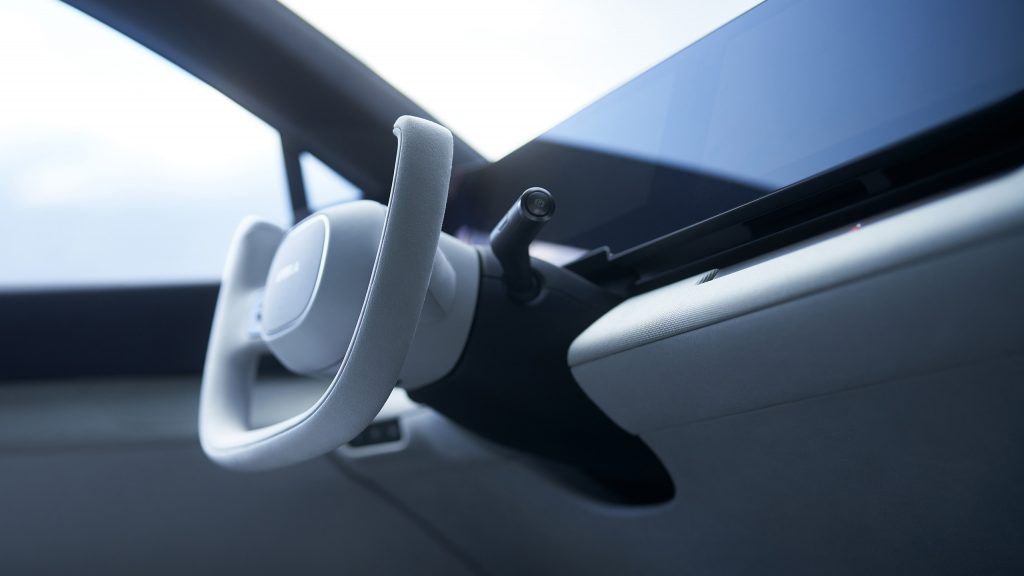
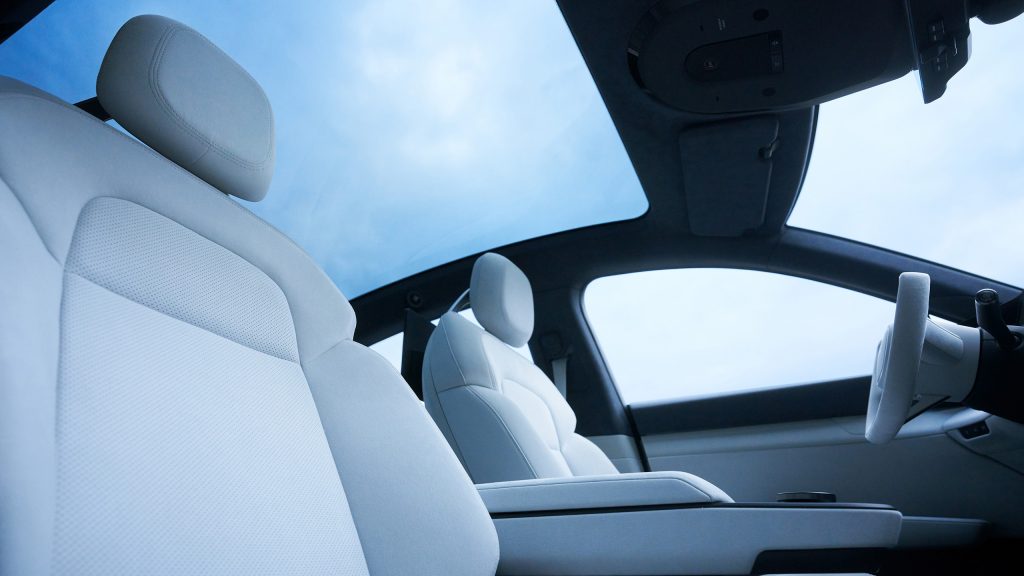

It should be noted that Honda itself is late to the EV game, having prioritised the development of hybrid vehicles over the past decade. Its only production EV offered globally is the Honda e, a tiny and expensive (if admittedly adorable) hatchback with just 222km of range. The company is so hamstrung, in fact, that it too has had to partner with another carmaker, GM, using the latter’s Ultium platform to come out with EVs that are actually functional for most people.
In the meantime, Honda is developing an in-house e: Architecture for its own EVs, expected to reach production in the second half of the decade. That’s broadly in line with the timeframe it and Sony have in mind for the first Afeela model, so we can assume it will use the same platform.

